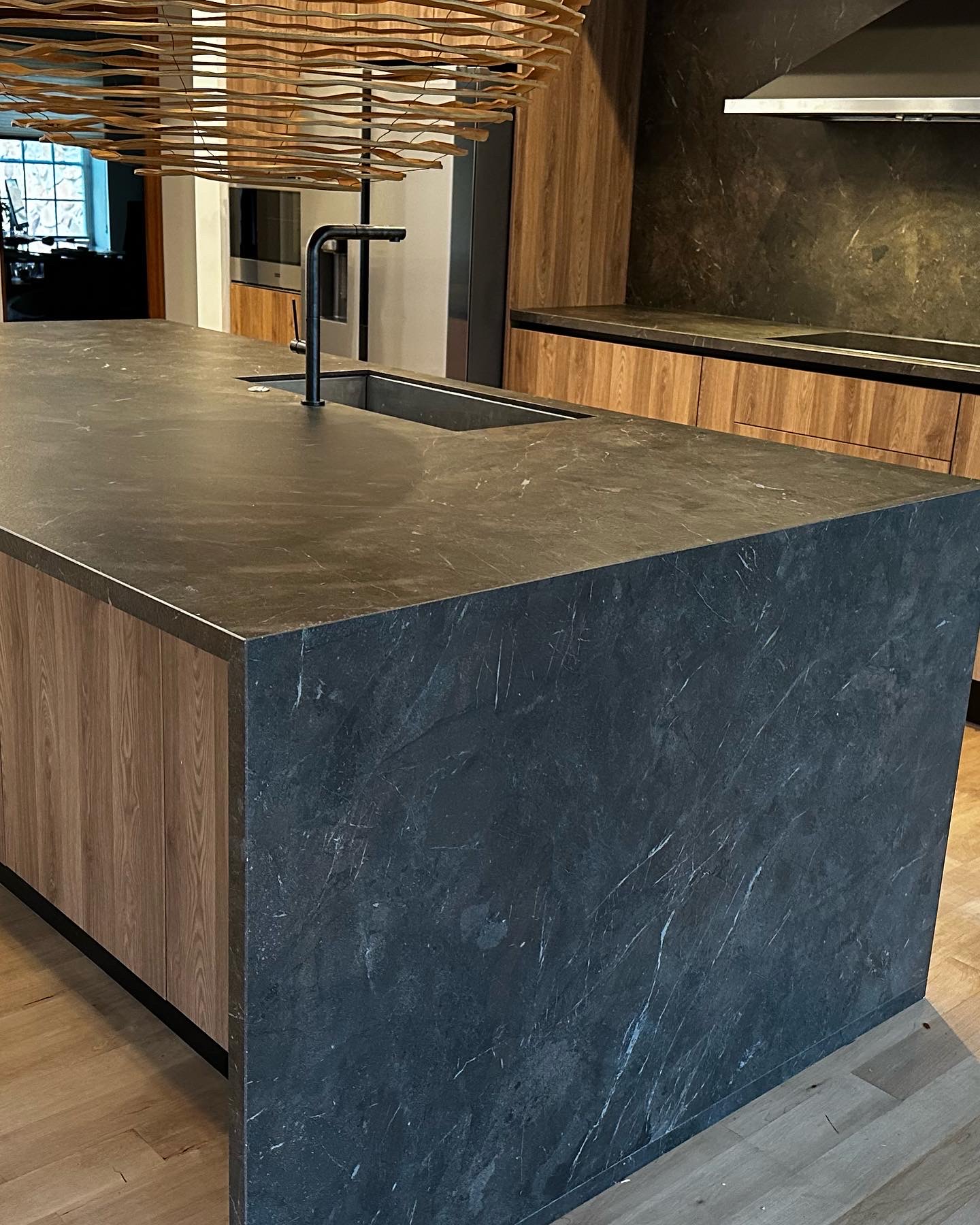Installation
Terra Pietra’s stone installation refers to the process of placing and securing stone materials in various architectural and construction applications. This process can vary depending on the type of stone, its intended use, and the specific project requirements. Stone installation is a critical step in creating structures, surfaces, and features that incorporate natural or engineered stone. Here are some common applications and considerations for stone installation:
1.Flooring
Installing stone flooring involves laying stone tiles or slabs on a prepared subfloor. Terra Pietra process typically includes leveling, adhering the stone to the substrate using mortar or adhesive, and grouting the joints between the stones. Proper leveling and alignment are essential to ensure a smooth and even surface.
2.Countertops
Stone countertops, such as granite or quartz, are installed in kitchens and bathrooms. Terra Pietra’s installation process includes placing the stone slab on top of cabinets or support structures and securing it in place. Seam joining, if necessary, is done to create a seamless appearance.
view more3.Walls
Stone veneers or cladding can be installed on interior and exterior walls to enhance aesthetics and durability. Terra Pietra will attach stone panels to the wall’s surface using adhesive, mortar, or mechanical fasteners.
4.Fireplaces
Terra Pietra can be fabricate stones to include cutouts for sinks, cooktops, and other fixtures, as well as insets for decorative designs or inlays of different materials.
view more5.Exterior Hardscaping
Stone is frequently used for outdoor applications like patios, walkways, and retaining walls. Terra Pietra’s installation may involve setting stones in a base material, often with a layer of sand or gravel, to create a stable and level surface.
Proper stone installation is essential for ensuring the long-term durability and aesthetic appeal of stone features. It often requires skilled craftsmen, careful planning, and attention to detail such as is at Terra Pietra. Different types of stone may have specific installation requirements, and local building codes and regulations must be followed. Additionally, regular maintenance may be necessary to preserve the appearance and structural integrity of stone installations over time.

